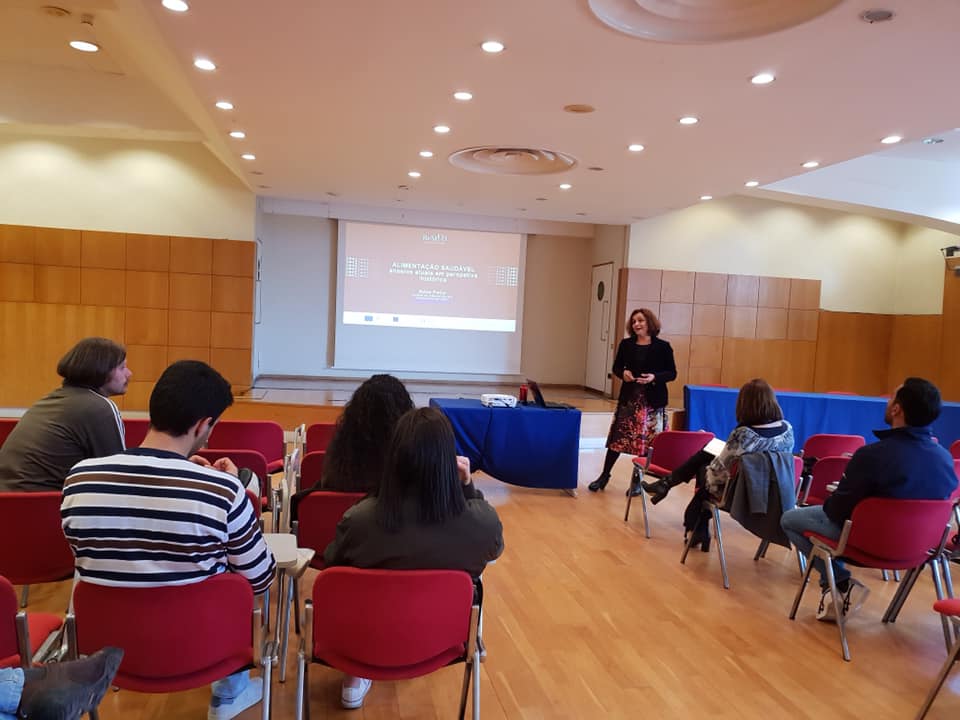Books of healthy eating have circulated among the elites since the 16th century. They promoted what were considered good eating practices and also provided information on what could be possible to be consumed at that time. The books were focused on diets for men. Much lesser is known about wealthy women and children’s food habits throughout the last centuries. Information concerning the food consumed by rest of the population is even scarcer. Researching what was being cultivated regionally may be a way to understand what was served not only on the elites’ tables.
These were some of the ideas discussed in the #FoodTalk session that took place on April 3, 2019, at Estoril Higher Institute for Tourism and Hotel Studies (Escola Superior de Hotelaria e Turismo do Estoril – ESHTE), in Portugal. The event was organised by the master´s course in Innovation in Culinary Arts. ReSEED´s Principal Investigator Dulce Freire put into historical perspective current longings regarding healthy eating.
ReSEED project has a permanent concern about the link between past agrarian and culinary experiences and current challenges related to food security and agrobiodiversity. In the Food Talk session, different aspects of this connection were presented and debated such as the importance of looking for information about the seeds that were sown in previous centuries and are no longer cultivated.
“Forgotten” seeds
“If a specific variety of wheat was produced in some regions in Portugal in the 18th Century and for some reason it was ‘forgotten’, it means that the seeds adapted there, with soil and climate conditions necessary for the cultivation of that variety. We can try to find the same variety in seed banks or in contact with farmers outside the Iberian Peninsula in order to try to plant it again in those places”, exemplified Dulce Freire.
It is possible because botanists and other “philosophical travellers” from different countries went to Portugal and Spain to study the seeds, contributing to the dissemination of the local varieties across Europe and around the world.
Freire explained that the new seeds – the ones that arrived in Europe after the so-called Columbian Exchange, such as potatoes, tomatoes, maize and peanuts – were firstly consumed by the less favoured classes. It took a while to figure in the culinary books, another reason why studying the agrarian production is so important.
She also suggested one challenge that the students in Innovation in Culinary Arts should face: “Without turning the seeds into something interesting to be consumed, they can get lost, as the agrarian history shows”.
Heathy eating: private and public dimensions
In the end of the session, healthy eating as a concept was placed in the historic timeline. In Europe, as an affirmation of the individual, a personal decision, it refers to the Renaissance period. However, it starts taking a public dimension in the 19th century and early 20th century, when the concepts of nutrition and food security were slowly being included among the public policies. In many European countries, promoting a healthy eating for the whole society became a state main concern especially after the Second World War.


